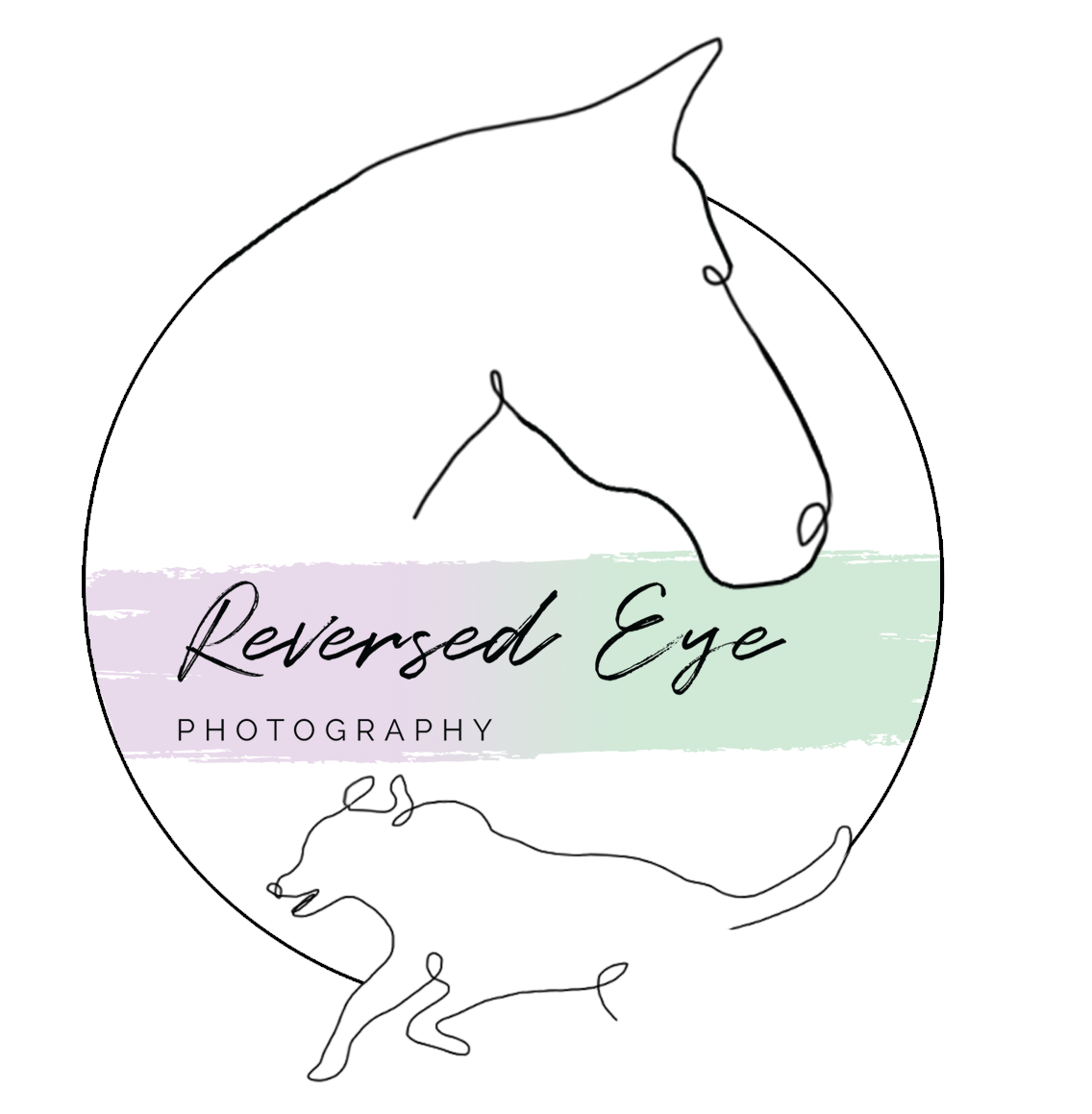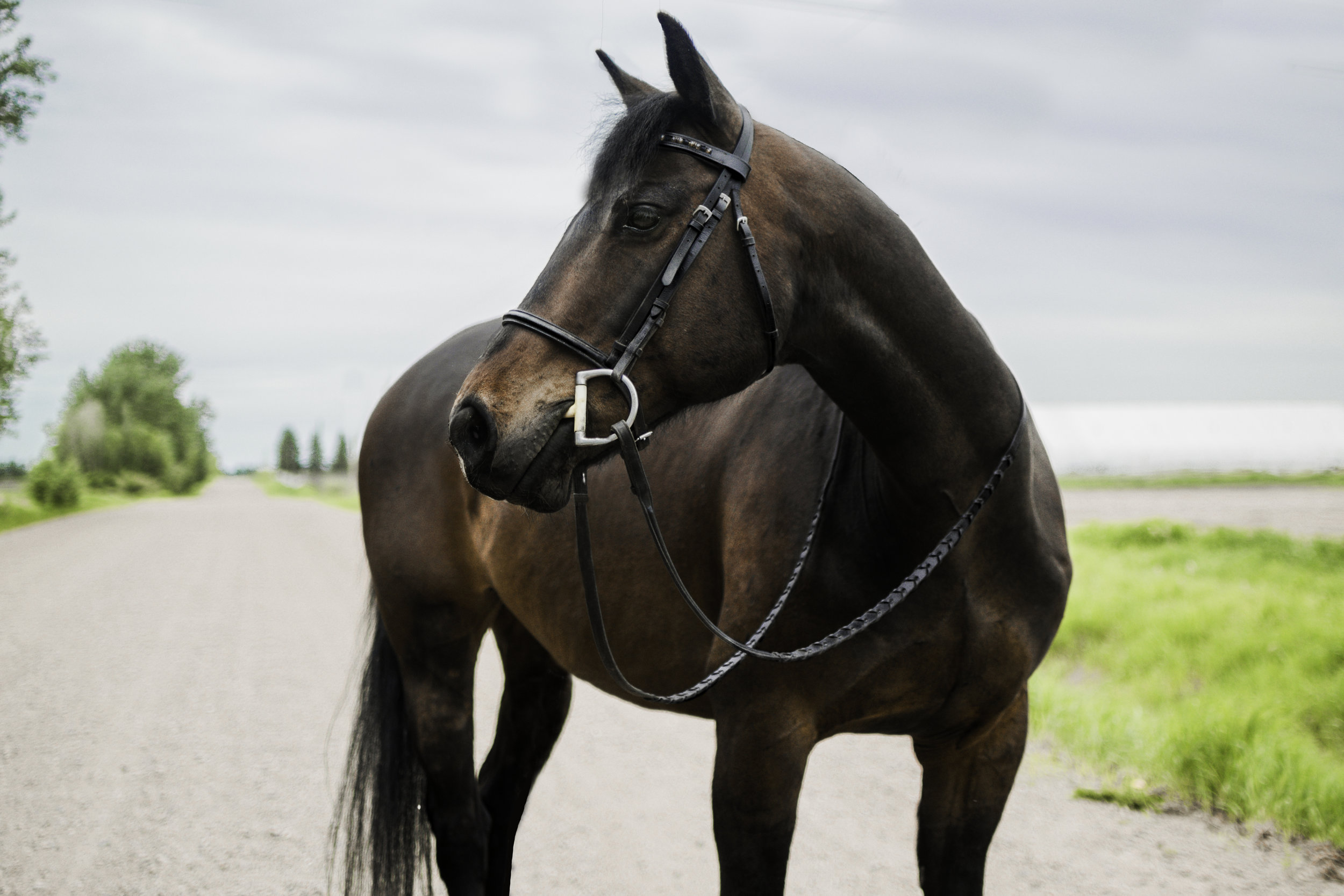For Equine Photographers : Why Distortion Matters!
Distortion is something that you may or may not be familiar with as an equine photographer but it is something that you should educate yourself on! It relates heavily to your gear, specifically your lens focal length and how you pose your subjects. As photographers our goal should be to minimize distortion in our images, to best represent our models (there are exceptions to this rule of course), so let’s see how we can do that!
Horses are inherently very awkward creatures. Ever tried to take a selfie with one and you end up with these huge ears and a giant head that looks nothing like your nobel steed in real life? This is because your phone camera uses a wide angle lens, which is about anything below 35mm focal length (though for horses I would extend this to 50mm because they are so prone to distortion). These are the lenses adored by landscape photographers, because they capture a wide perspective, allowing them to photograph an entire landscape in one image. But they also create distortion, making the elements in the foreground appear larger and those far away appear smaller. This effect is magnified with the shorter your focal length is. I have never shot with anything smaller than a 35mm but even then, you can see in these three images, the horses heads look abnormally large compared to their bodies and overall their proprtions are off.
So what should you do?
There are a few ways to tackle this problem. The first would be to change up your gear! I recommend anything about 85mm to allow your to best capture your subjects, although be careful not to go too far in the other direction (with very long focal lengths you can end up with lens compression). The 85mm, 135mm, 70-200mm, and 300mm lenses are all excellent and tried and true within the equine photography industry, so you can be sure that you will be capturing the most “true to life” versions of your models. BUT if you have some lenses with shorter focal lengths and aren’t ready to upgrade yet, you can get away with it using a few simple tricks. Pose the horse perpendicular to where your camera is pointed (head or butt is not facing you but their full-length body is visible) or focus on close-up, intimate details, where perspective and distortion are minimized because there are fewer elements in the image to compare your subjects to. Or, you can use the lens as it was intended and place your subjects further back to create a landscape-type image, capturing all their beautiful surroundings. Finally, wider lenses can be fun to play around with action shots and if you are feeling like creating something more artistic. As always there are exceptions to every rule and rules are meant to be broken, so at the end of the day, you do you!







